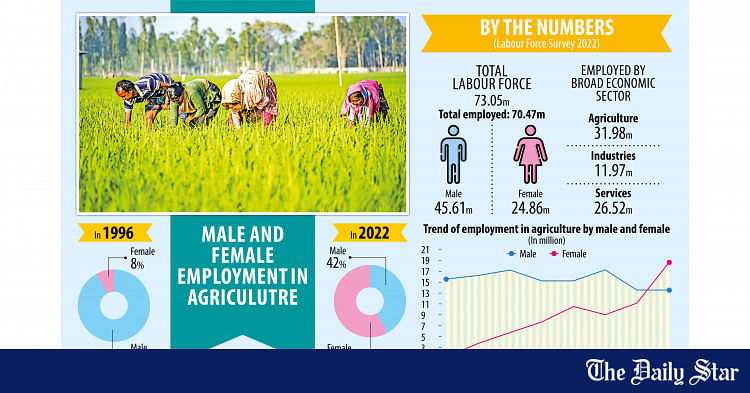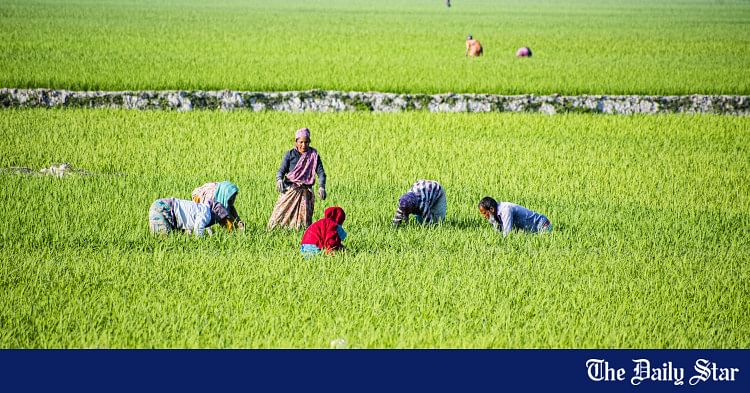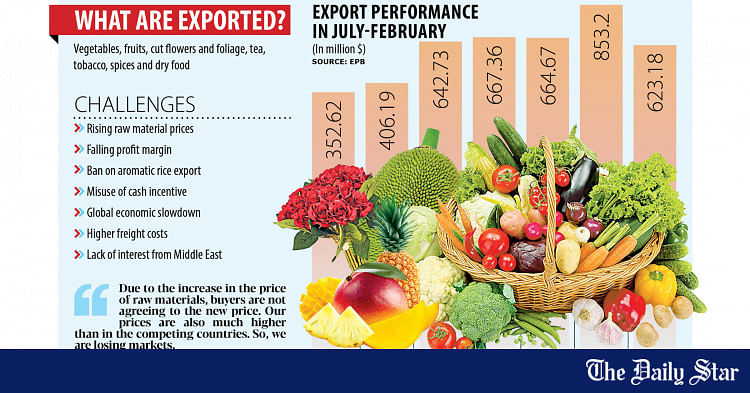Saif
Senior Member
- Joined
- Jan 24, 2024
- Messages
- 16,326
- Likes
- 8,086
- Nation

- Axis Group


BD deal with Myanmar's pvt sector soon for supplies
Bangladesh moves fast preparing a deal document for procuring rice and farm products from the war-torn eastern neighbour Myanmar to replenish stock, officials said, as market keeps gaining heat. The Ministry of Commerce, after a recent meeting, shared a draft memorandum of understanding with the
Replenishing rice, farm products stock
BD deal with Myanmar's pvt sector soon for supplies
Rice price on steep rise in recent months
SYFUL ISLAM
Published :
Mar 07, 2024 00:55Published :
Updated :
Mar 07, 2024 00:55Bangladesh moves fast preparing a deal document for procuring rice and farm products from the war-torn eastern neighbour Myanmar to replenish stock, officials said, as market keeps gaining heat.
The Ministry of Commerce, after a recent meeting, shared a draft memorandum of understanding with the stakeholders and asked them to give opinion by March 10.
The MoU will be signed between the state-run Trading Corporation of Bangladesh (TCB) and the Myanmar Rice Federation (MRF), an umbrella body of Myanmar's private-sector rice industry.
Commerce officials have said by signing the accord Myanmar also wants to supply a number of farm products to Bangladesh apart from exporting rice. The inventory includes ginger, garlic and onions -- the spice items seen so pricey here.
Myanmar itself prepared the first draft of the MoU and dispatched to Bangladesh last October for review. Later, in February this year again, the other side sent another draft to Bangladesh after a further brush-up, officials said.
Sources said the meeting, held late last month at commerce ministry, decided that the MoU will be signed soon and so the opinions from the stakeholders need to be available "as soon as possible".
Moreover, the stakeholders had been asked not to go for 'excessive correction' of the deal details so that the draft could be finalised shortly.
At the meeting, the TCB chairman also wanted to interpolate into the MoU document a provision of 'export' to Myanmar by the trading arm of government -- TCB.
Sources said the meeting also decided to hold a virtual parley with the ministry concerned of Myanmar to fix a date for the signing of the trade memorandum.
A commerce ministry official told the FE that Myanmar forwarded a list of farm produce it wants to supply to Bangladesh. The Ministry of Agriculture has been asked to check the list and food ministry to recheck it further before giving opinion.
Chairman of the TCB Brigadier-General Md Ariful Hassan told the FE Wednesday that having a formal deal with Myanmar would open a new window for the corporation to get necessary farm products "easily and quickly".
"The MoU may help get products also at cheaper rates," he said about the trade with the next-door neighbour.
The government now supplies food-grains and some more essential commodities to 10 million families at subsidised rates to help mitigate the impacts of inflationary pressure on their small purses.
Data from Myanmar Rice Federation show that sprawling reclusive country exported 2.2 million tonnes of rice in the fiscal year 2023 (ended in March 2023).
Bangladesh had signed a government-to-government MoU with Myanmar in September 2022 under which annually the war-torn neighbour will export some 250,000 tonnes of rice and 50,000 tonnes of parboiled rice from 2022 to 2027.
Officials say after the signing of deal with Myanmar's private sector, Bangladesh will get more opportunity to import more rice and other farm products to feed local demand, which is substantially augmented through the sheltering of over a million tossed-off people from neighbouring province of Myanmar.








































